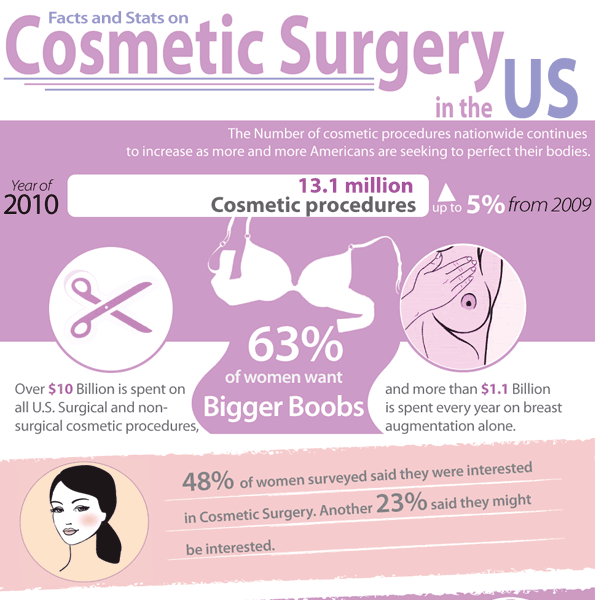Do Chemical Peels Help Acne Scars
Do Chemical Peels Help Acne Scars
Blog Article
Sources of Acne on Cheeks
Acne breakouts in the cheek area are caused by lots of things, from touching your face regularly to not altering your pillowcase often sufficient. Picking at blemishes increases your threat of infection and scarring, and specific drugs can aggravate dark spots (postinflammatory hyperpigmentation).
Thankfully, there are many means to avoid and treat cheek acne. These consist of:
1. Hormonal Adjustments
Acne is largely brought on by hormones, specifically those produced throughout puberty and maternity. For some, a family history of acne may likewise contribute to their problem. Anything that clogs pores, such as oil-based skin care products or ceraceous hair products, can cause acne. Various topical treatments, like benzoyl peroxide and salicylic acid, can battle bacteria and unblock pores. Those with serious or persistent acne should seek therapy from their doctor.
Stay clear of touching or squeezing your acne, as this can press some of the germs deeper right into the skin, resulting in an extra severe outbreak. It is additionally vital to transform pillowcases regularly and use clean makeup brushes. You must additionally try to prevent irritants such as friction from wearing a helmet or tight collar.
2. Diet
The greasy, sugary foods that many people think trigger acne might in fact not do so. In fact, studies have revealed that consuming a diet rich in whole, nutrient-dense foods helps to stop outbreaks.
Foods high in the glycemic index (such as white bread, corn flakes, blew rice and potatoes, doughnuts and various other breads) elevate blood sugar degrees promptly, and this can raise hormonal agents that boost oil production and lead to acne.
Consuming cow's milk has additionally been linked to enhanced acne outbreaks. If you are a regular cow's milk drinker, you might want to try changing to low-fat or nondairy choices that are fortified with calcium. Furthermore, consuming alcohol even more water can aid to reduce acne due to the fact that it aids to maintain the skin hydrated.
3. Excess Oil
While oil is crucial for healthy and balanced skin, it can come to be a trouble when way too much sebum combines with dead skin cells and blocks pores. This mix can develop blackheads, whiteheads and pimples. The obstructed pore wall surface can break down and spill microorganisms, dead skin cells and sebum right into surrounding skin. This results in a red bump referred to as an acne. Often these red bumps have pus in the center from a microbial infection. Bigger contaminated bumps that appear like acne are called cysts.
There are numerous things that can create excess sebum and clogged pores, including hormonal agent fluctuations, diet and day-to-day routines. Some examples include touching the face regularly, relaxing your hand on your cheek, using dirty make-up brushes and not altering pillow cases regularly.
4. Stress and anxiety
If you're taking care of throbbing pimples or a variety of blackheads and whiteheads, it may be time to talk to a dermatologist. They can recommend a reliable treatment that matches your skin type. Practicing leisure and stress-reduction methods likewise helps.
Acne can take place in the cheeks as a result of friction and pressure, such as when an individual touches their face often or wears a hat or sporting activities helmet that scrubs against the skin. It can additionally appear where oily cosmetics and lotions massage versus the skin.
Prevent pressing acne, as this can push contaminated material deeper right into the meso therapy skin and result in scarring. Instead, see a medical professional to discover preventative treatments like drug, skin care items and lifestyle adjustments. Eating a healthy and balanced diet of entire foods, getting 7 to 9 hours of rest and using noncomedogenic makeup and skincare products can all help in reducing acne breakouts.
5. Hair Products
Hair items are not usually taken a reason for breakouts, yet they can add to acne on the cheeks in some individuals. Pomade acne, which is characterized by little shut comedones and papulopustules, is commonly triggered by using oily hair items that contain comedogenic active ingredients such as certain oils and acetylated lanolin.
Selecting hair items that don't contain these potentially comedogenic components is an essential action towards minimizing breakouts. Likewise, ensuring that hair products aren't being available in contact with the skin can aid prevent breakouts. As an example, wearing a headscarf or hood during the night can restrict hair-to-face call and reduce the probability that leave-in hair products will certainly abrade onto the face.
Along with making use of a non-comedogenic moisturizer and washing with an acne face laundry, other helpful techniques include: